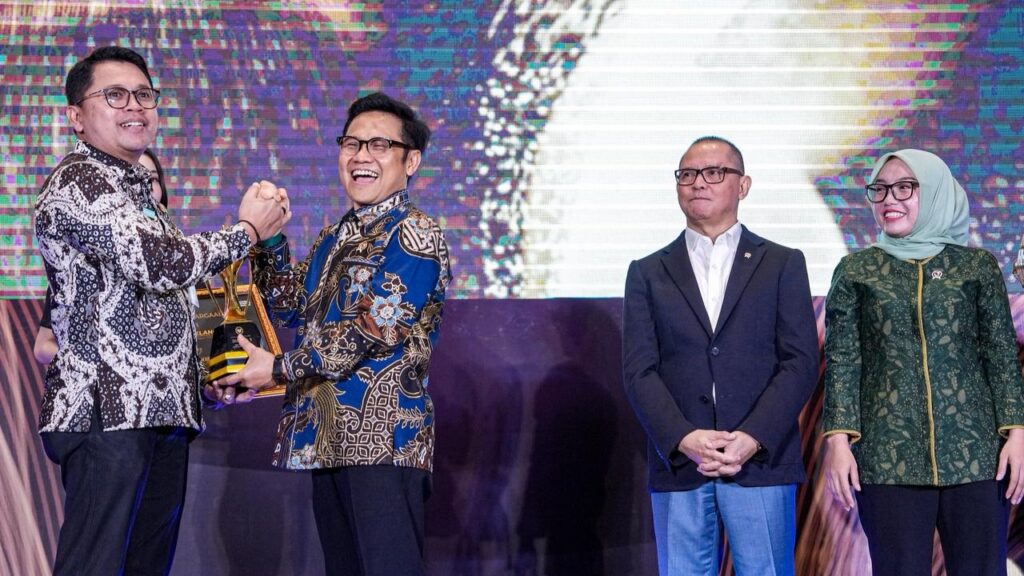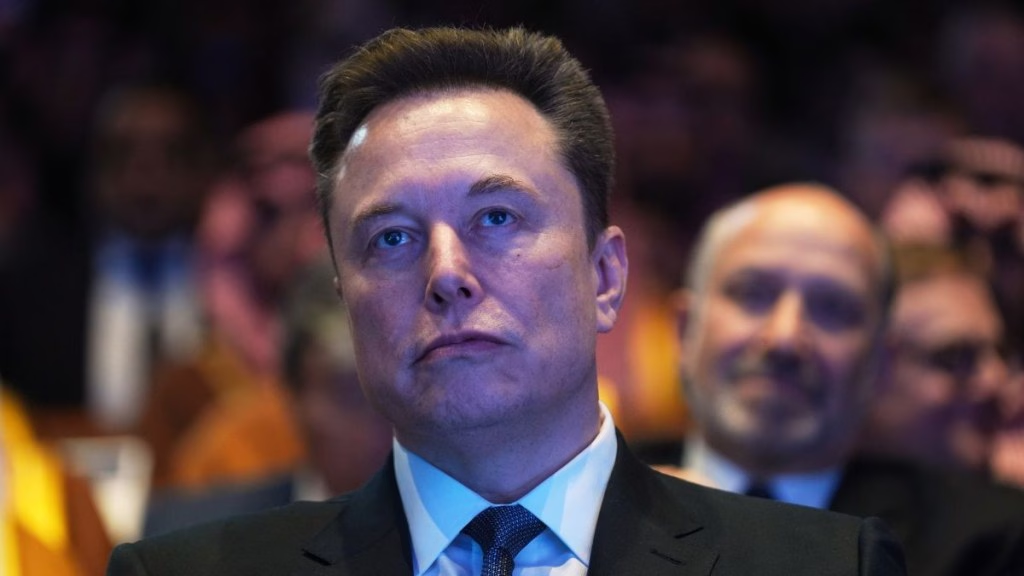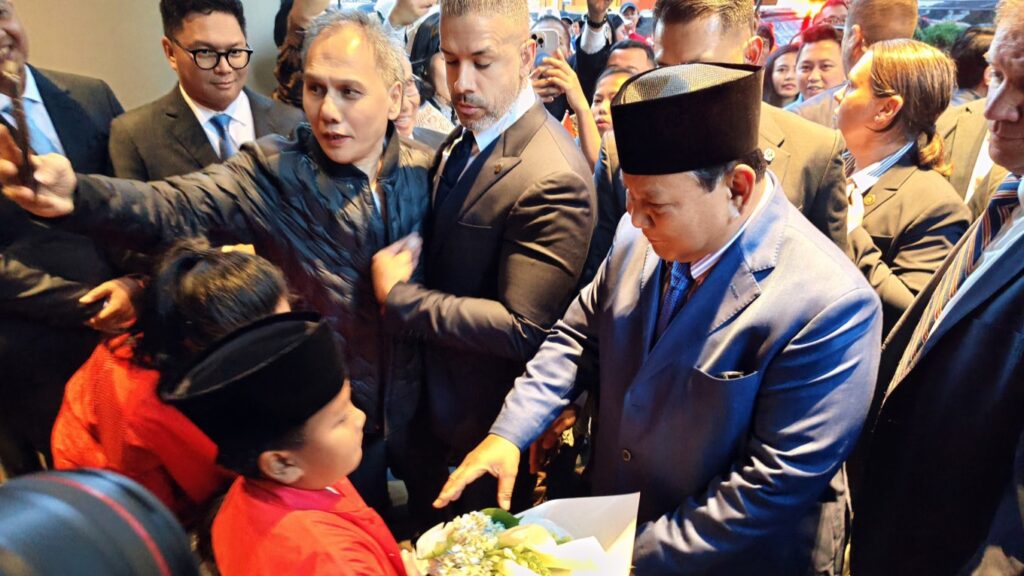New York — Tesla CEO Elon Musk once again captivated the world with his ambitious vision of the future during a high-profile event in California on Thursday. At the heart of this futuristic showcase was Musk’s latest innovation: the “Cybercab,” a fully autonomous robotaxi designed without a steering wheel, accelerator, or brake pedals, representing a bold step toward a new era of transportation. This development is part of Musk’s broader vision of an “age of abundance,” where self-driving cars roam the streets, parking lots are transformed into green parks, and robots coexist with humanity.
The unveiling of these designs, including a larger autonomous vehicle dubbed the “Robovan,” came during a glitzy event that was livestreamed to millions of viewers on X (formerly Twitter), further building excitement among Tesla’s devoted fan base. The sleek, futuristic design of these vehicles featured a metallic, sci-fi aesthetic, with Musk drawing comparisons to the dystopian world of Blade Runner—though he was quick to emphasize that his vision of the future is far more optimistic.
The Tesla CEO, known for setting lofty goals that often take longer than expected to materialize, acknowledged that his timelines for autonomous technology have been overly optimistic in the past. Five years ago, he predicted that robotaxis would be operational within a year. On Thursday, Musk reiterated his commitment to this vision, projecting that Tesla’s fleet of self-driving vehicles could be in production by 2026. However, many remain skeptical, citing his history of delays.
A Glimpse Into the Future: Cybercab and Robovan Unveiled
Musk’s latest presentation featured two key models: the Cybercab and the Robovan. The Cybercab, designed to ferry passengers without a human driver, embodies the ultimate promise of full autonomy. Musk described the interior of the vehicle as a “comfortable little lounge,” aimed at providing an enjoyable and seamless passenger experience. Unlike traditional electric vehicles, the Cybercab will not require plug-in charging. Instead, it will utilize an advanced wireless charging system that recharges the vehicle as it drives over charging plates.
In addition to the Cybercab, Musk introduced the Robovan—a larger, autonomous vehicle capable of transporting up to 20 passengers or large quantities of cargo. While no specific timeline was given for the Robovan’s release, it adds another dimension to Tesla’s vision for a fully automated transportation network, catering to both personal and commercial needs.
The Long Road to Full Autonomy
Tesla’s journey toward full autonomy has been marked by both progress and challenges. The company currently offers a feature known as Full Self-Driving (FSD) for an additional $8,000 on its vehicles. Despite its name, Tesla advises drivers to remain seated and alert, ready to take control if necessary. While Musk insists that the FSD system is already safer than human drivers, independent testers have raised concerns. A study by AMCI Testing revealed that human drivers had to intervene every 13 miles on average when using Tesla’s FSD system, casting doubt on the technology’s reliability.
Regulatory hurdles are another significant challenge. Musk predicted that Tesla’s self-driving cars could operate without human intervention in states like California and Texas as early as next year. However, regulatory approval is notoriously difficult to secure, and experts warn that the road to fully autonomous vehicles could be longer than Musk anticipates. Gene Munster, managing partner at Deepwater Asset Management, noted in an interview with CNN that while Tesla has made impressive strides, the technology still requires significant refinement. “We’re looking at disengagements at 3% of miles driven,” Munster explained, meaning that a human driver must take control for every 100 miles driven by the vehicle.
“While 97% sounds close,” Munster continued, “it’s not enough. The technology needs to be above 99%, and getting from 97% to 99% is extremely difficult. And even then, regulators may require even higher standards—perhaps 99.9% or even 99.999%—before they’re comfortable allowing fully autonomous vehicles on the road.”
Musk’s Optimism Meets Real-World Challenges
Musk’s presentation, though highly anticipated, was delayed by 53 minutes—something that did little to dampen the enthusiasm of the crowd eagerly waiting for their turn to ride in one of the 50 self-driving Teslas circling the Warner Bros. studio lot. Despite the delay, the in-person audience remained enthusiastic, cheering Musk throughout his brief 20-minute speech.
However, Musk himself admitted to a pattern of overly optimistic timelines. “I tend to be a little optimistic with time frames,” he joked, before acknowledging that his previous predictions about self-driving cars had fallen short. “I’m the boy who cried FSD,” he quipped, referring to Full Self-Driving. In July 2023, Musk had boldly predicted that Tesla would achieve unsupervised driving by the end of the year, adding, “I’d be shocked if we cannot do it next year.” But even then, he conceded, “I’ve been wrong in the past. I may be wrong this time.”
The Promise of Autonomy vs. Regulatory and Technological Realities
While Musk’s vision for autonomous vehicles continues to generate excitement, industry analysts caution that the reality is more complex. Achieving full autonomy will require not only technological breakthroughs but also overcoming regulatory barriers. Munster estimates that it could take another two years for Tesla to perfect its autonomous driving technology and an additional two to three years to secure the necessary regulatory approvals.
For now, the future Musk envisions remains tantalizingly close yet frustratingly out of reach. Tesla’s innovations continue to push the boundaries of what’s possible, but whether they can deliver fully autonomous vehicles on the timeline Musk promises remains an open question.







